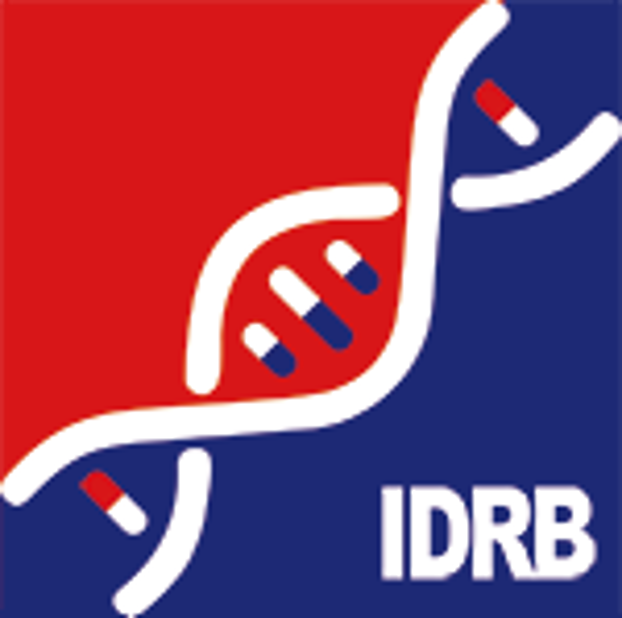Target Information
| Target General Infomation | |||||
|---|---|---|---|---|---|
| Target ID |
T11487
|
||||
| Former ID |
TTDC00313
|
||||
| Target Name |
Acetyl-CoA acetyltransferase, mitochondrial
|
||||
| Gene Name |
ACAT1
|
||||
| Synonyms |
Acetoacetyl-CoA thiolase; T2; ACAT1
|
||||
| Target Type |
Discontinued
|
||||
| Disease | Inflammatory disease [ICD9: 140-229, 147, 173, 573.3, 710-719; ICD10: C11, C44, K75.9, M00-M25] | ||||
| Function |
Plays a major role in ketone body metabolism.
|
||||
| BioChemical Class |
Acyltransferase
|
||||
| Target Validation |
T11487
|
||||
| UniProt ID | |||||
| EC Number |
EC 2.3.1.9
|
||||
| Sequence |
MAVLAALLRSGARSRSPLLRRLVQEIRYVERSYVSKPTLKEVVIVSATRTPIGSFLGSLS
LLPATKLGSIAIQGAIEKAGIPKEEVKEAYMGNVLQGGEGQAPTRQAVLGAGLPISTPCT TINKVCASGMKAIMMASQSLMCGHQDVMVAGGMESMSNVPYVMNRGSTPYGGVKLEDLIV KDGLTDVYNKIHMGSCAENTAKKLNIARNEQDAYAINSYTRSKAAWEAGKFGNEVIPVTV TVKGQPDVVVKEDEEYKRVDFSKVPKLKTVFQKENGTVTAANASTLNDGAAALVLMTADA AKRLNVTPLARIVAFADAAVEPIDFPIAPVYAASMVLKDVGLKKEDIAMWEVNEAFSLVV LANIKMLEIDPQKVNINGGAVSLGHPIGMSGARIVGHLTHALKQGEYGLASICNGGGGAS AMLIQKL |
||||
| Drugs and Mode of Action | |||||
| Drug(s) | Benoxaprofen | Drug Info | Withdrawn from market | Inflammatory disease | [1] |
| Inhibitor | (Z)-2,6-diisopropyl-N-phenyloctadec-9-enamide | Drug Info | [2] | ||
| Benoxaprofen | Drug Info | [3] | |||
| compound 15a | Drug Info | [4] | |||
| compound 15b | Drug Info | [4] | |||
| compound 16 | Drug Info | [4] | |||
| compound 18a | Drug Info | [4] | |||
| compound 18b | Drug Info | [4] | |||
| compound 22c | Drug Info | [4] | |||
| compound 22d | Drug Info | [4] | |||
| compound 26a | Drug Info | [4] | |||
| compound 26b | Drug Info | [4] | |||
| compound 26c | Drug Info | [4] | |||
| Nonanoic acid biphenyl-2-ylamide | Drug Info | [2] | |||
| Octanoic acid biphenyl-2-ylamide | Drug Info | [2] | |||
| Target Expression Profile (TEP) and Drug Resistance Mutation (DRM) | |||||
| TEP | EXP Info | ||||
| Pathways | |||||
| BioCyc Pathway | Isoleucine degradation | ||||
| Glutaryl-CoA degradation | |||||
| Superpathway of geranylgeranyldiphosphate biosynthesis I (via mevalonate) | |||||
| Superpathway of cholesterol biosynthesis | |||||
| Mevalonate pathway | |||||
| Ketogenesis | |||||
| Ketolysis | |||||
| KEGG Pathway | Fatty acid degradation | ||||
| Synthesis and degradation of ketone bodies | |||||
| Valine, leucine and isoleucine degradation | |||||
| Lysine degradation | |||||
| Tryptophan metabolism | |||||
| Pyruvate metabolism | |||||
| Glyoxylate and dicarboxylate metabolism | |||||
| Propanoate metabolism | |||||
| Butanoate metabolism | |||||
| Terpenoid backbone biosynthesis | |||||
| Metabolic pathways | |||||
| Biosynthesis of antibiotics | |||||
| Carbon metabolism | |||||
| Fatty acid metabolism | |||||
| NetPath Pathway | Leptin Signaling Pathway | ||||
| PANTHER Pathway | CCKR signaling map ST | ||||
| PathWhiz Pathway | Butyrate Metabolism | ||||
| Fatty acid Metabolism | |||||
| Ketone Body Metabolism | |||||
| Lysine Degradation | |||||
| Valine, Leucine and Isoleucine Degradation | |||||
| Pyruvate Metabolism | |||||
| Propanoate Metabolism | |||||
| Circadian clock | |||||
| WikiPathways | Tryptophan metabolism | ||||
| Synthesis and Degradation of Ketone Bodies | |||||
| Metabolism of amino acids and derivatives | |||||
| Fatty acid, triacylglycerol, and ketone body metabolism | |||||
| Fatty Acid Beta Oxidation | |||||
| References | |||||
| REF 1 | Benoxaprofen: side-effect profile in 300 patients. Br Med J (Clin Res Ed). 1982 May 8;284(6326):1365-8. | ||||
| REF 2 | J Med Chem. 2008 Mar 13;51(5):1474-7. Epub 2008 Feb 20.Biphenyl versus phenylpyridazine derivatives: the role of the heterocycle in a series of acyl-CoA:cholesterol acyl transferase inhibitors. | ||||
| REF 3 | Inhibition of lyso-PAF: acetyl-CoA acetyltransferase by salicylates and other compounds. Prostaglandins. 1988 Jun;35(6):939-44. | ||||
| REF 4 | Bioorg Med Chem Lett. 2006 Jan 1;16(1):44-8. Epub 2005 Oct 18.Synthesis and biological activity of novel 4-phenyl-1,8-naphthyridin-2(1H)-on-3-yl ureas: potent acyl-CoA:cholesterol acyltransferase inhibitor with improved aqueous solubility. | ||||
If You Find Any Error in Data or Bug in Web Service, Please Kindly Report It to Dr. Zhou and Dr. Zhang.

